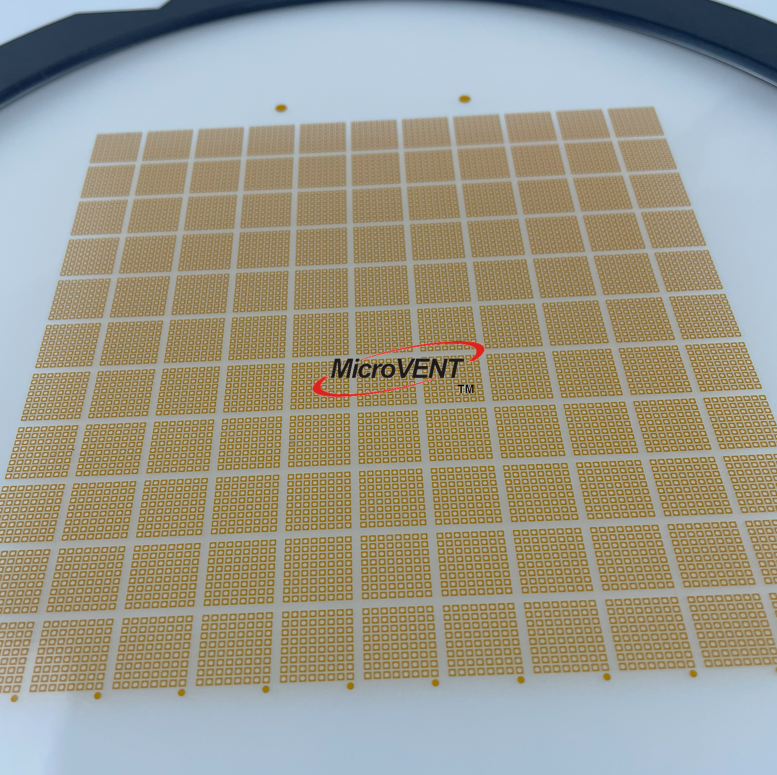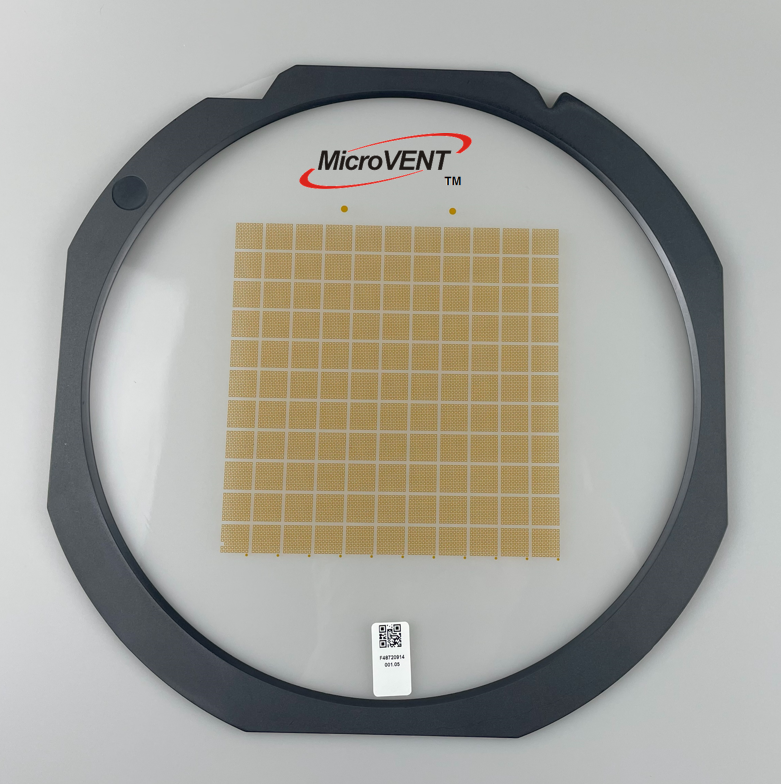acoustic membrane electronics
Acoustic membrane electronics represent a groundbreaking advancement in transducer technology, combining the principles of acoustic engineering with cutting-edge electronic systems to create highly efficient sound conversion devices. These sophisticated components utilize specialized membrane materials that respond to acoustic waves, converting sound energy into electrical signals with remarkable precision and clarity. The core functionality of acoustic membrane electronics revolves around their ability to detect, amplify, and process acoustic vibrations across a wide frequency spectrum, making them essential components in modern audio applications. The technological foundation of acoustic membrane electronics lies in their unique construction, featuring ultra-thin membranes made from advanced polymers or composite materials that exhibit exceptional sensitivity to sound waves. These membranes are integrated with precision-engineered electronic circuits that amplify and condition the generated signals, ensuring optimal performance across various operating conditions. The system incorporates sophisticated signal processing algorithms that enhance sound quality while minimizing noise interference and distortion. One of the most significant features of acoustic membrane electronics is their ability to maintain consistent performance across different environmental conditions, including temperature variations, humidity changes, and mechanical stress. This durability stems from their robust design philosophy that prioritizes long-term reliability and operational stability. The applications of acoustic membrane electronics span numerous industries and sectors, including professional audio equipment, telecommunications systems, medical devices, automotive applications, and consumer electronics. In professional audio environments, these components deliver studio-grade sound reproduction that meets the demanding requirements of recording studios, concert venues, and broadcast facilities. The telecommunications industry benefits from their exceptional voice clarity and noise reduction capabilities, enabling crystal-clear communication across various platforms and devices. Medical applications leverage the precision and sensitivity of acoustic membrane electronics for diagnostic equipment, hearing aids, and therapeutic devices that require accurate sound detection and processing.


